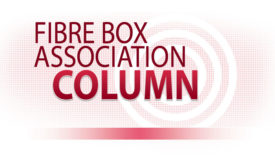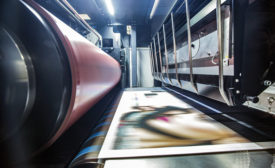Home » Keywords: » corrugated packaging trends
Items Tagged with 'corrugated packaging trends'
ARTICLES
Spotlight Feature
Digital Printing: A Packaging Revolution
Digital printing has a role to play for the future of packaging, opening the door to exciting and creative opportunities.
July 11, 2019
Keep the info flowing with our eNewsletters!
Get the latest industry updates tailored your way.
JOIN TODAY!Copyright ©2025. All Rights Reserved BNP Media.
Design, CMS, Hosting & Web Development :: ePublishing




